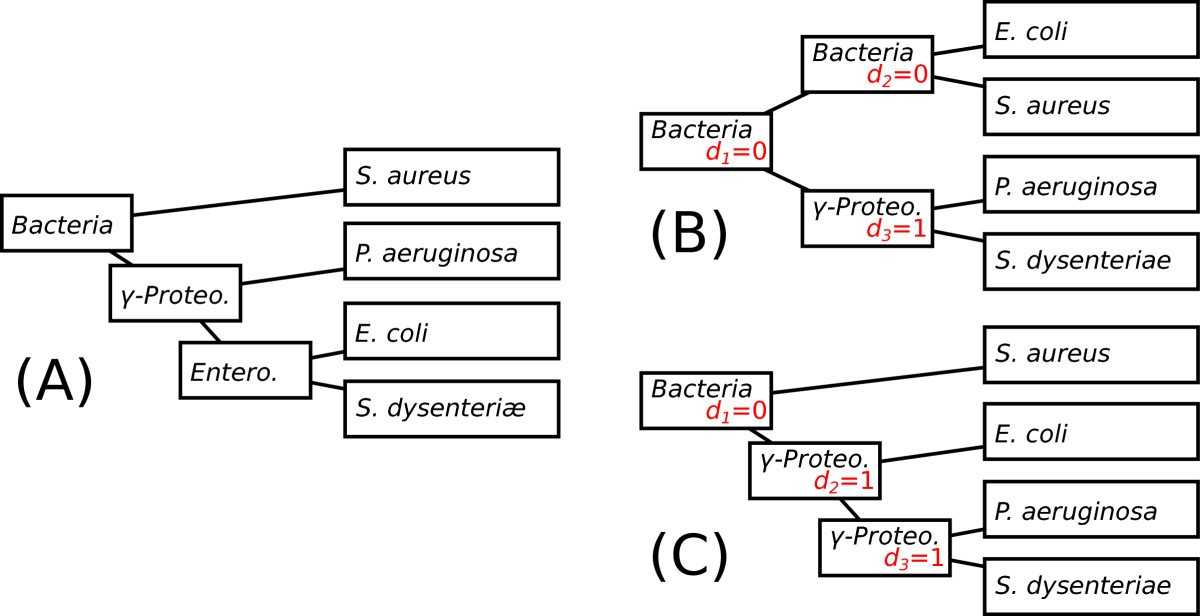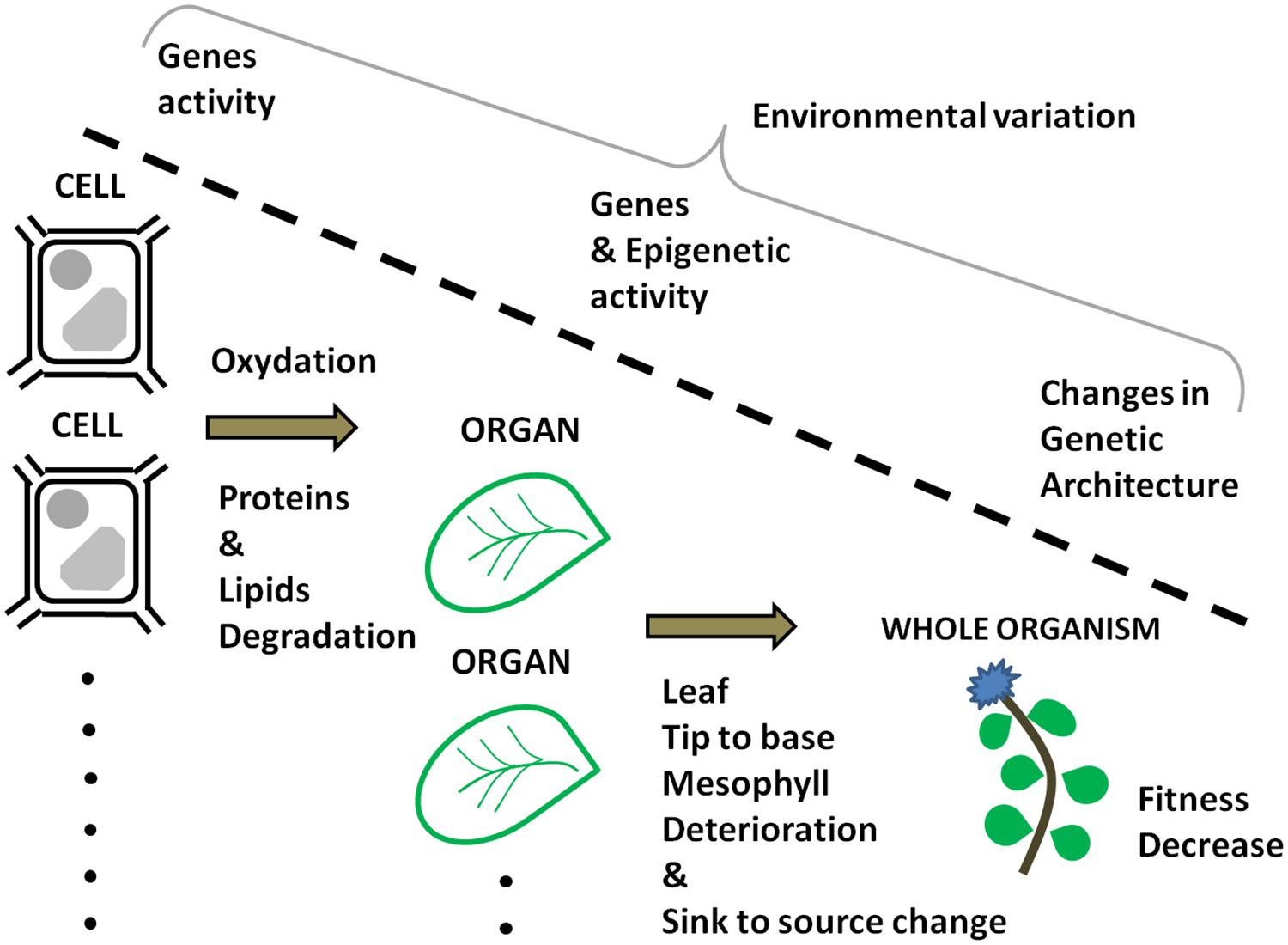

One new sequencing technology involves watching DNA polymerase molecules as they copy DNA - the same molecules that make new copies of DNA in our cells - with a very fast movie camera and microscope, and incorporating different colors of bright dyes, one each for the letters A, T, C and G. The human genome contains about 3 billion base pairs that spell out the instructions for making and maintaining a human being. This pairing is the basis for the mechanism by which DNA molecules are copied when cells divide, and the pairing also underlies the methods by which most DNA sequencing experiments are done. In the DNA double helix, the four chemical bases always bond with the same partner to form "base pairs." Adenine (A) always pairs with thymine (T) cytosine (C) always pairs with guanine (G).


In addition, and importantly, sequence data can highlight changes in a gene that may cause disease. For example, scientists can use sequence information to determine which stretches of DNA contain genes and which stretches carry regulatory instructions, turning genes on or off. The sequence tells scientists the kind of genetic information that is carried in a particular DNA segment. Sequencing DNA means determining the order of the four chemical building blocks - called "bases" - that make up the DNA molecule.


 0 kommentar(er)
0 kommentar(er)
